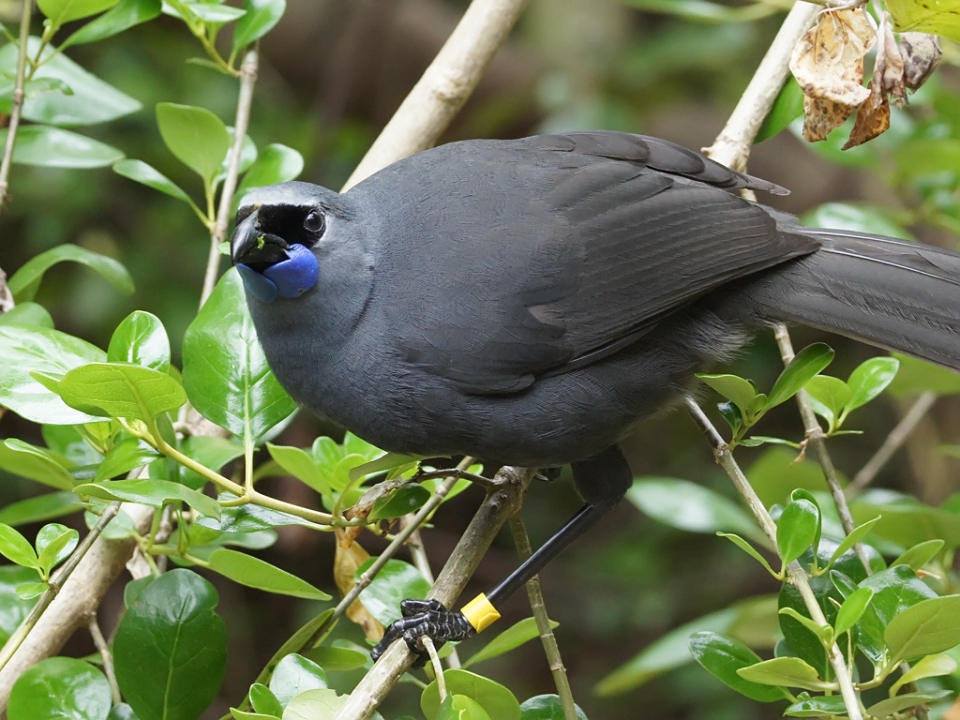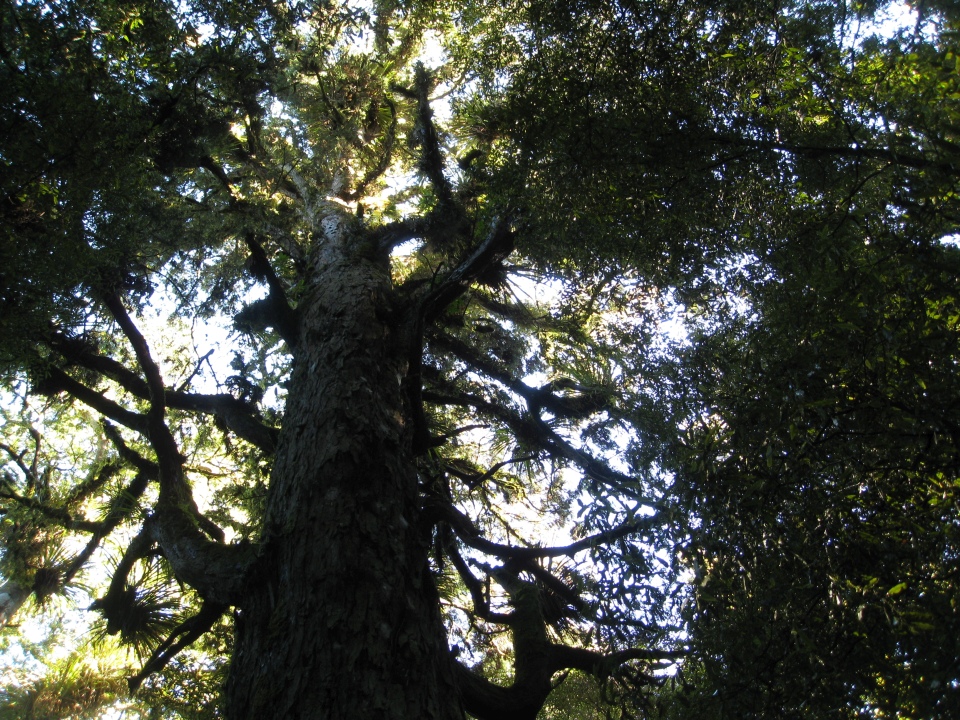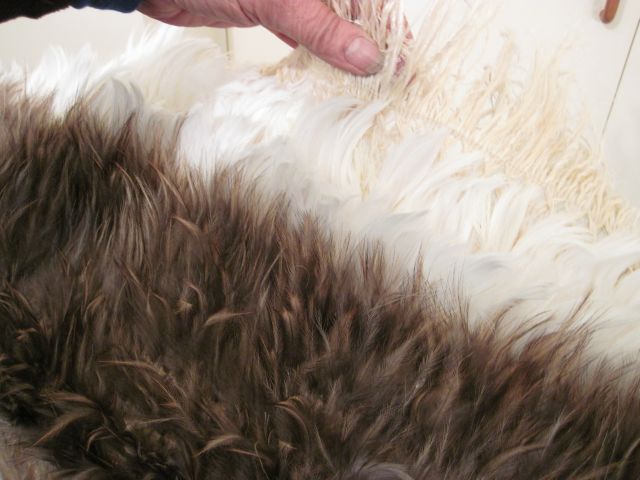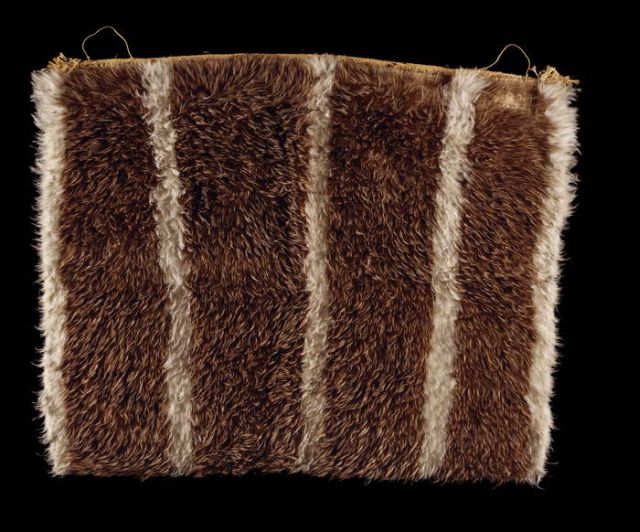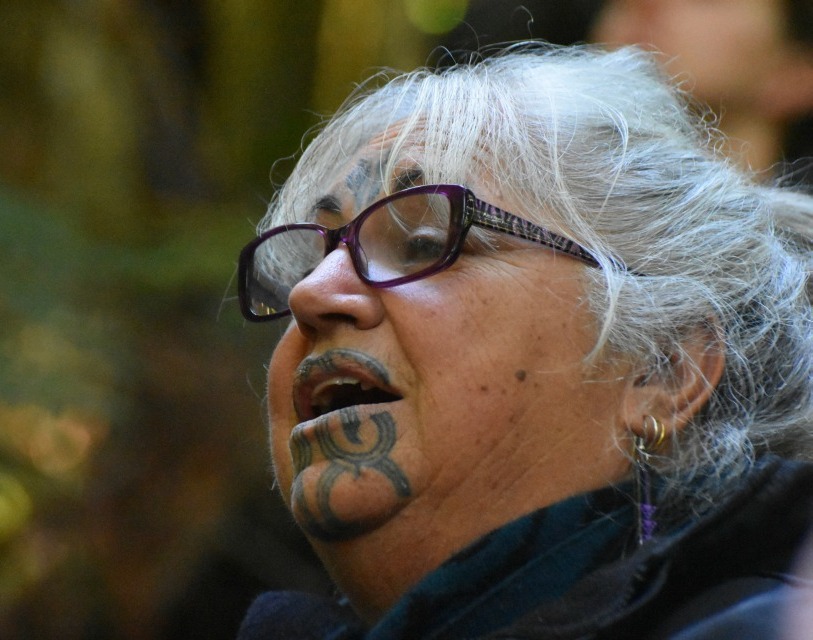Ngahere – the Forest
For Māori the forest and everything that lives in it is a taonga (treasure). Māori saw plants as having senior status, Tane created them before mankind, and they were therefore respected as older relatives. They are the link between man and sacred ancestors, Papatūānuku and Ranginui.
Before the arrival of European, Māori had whakapapa, names and uses for many trees, plants and animals.
Tiakina ngā manu, ka ora te ngahere
Look after the birds and the forest flourishes
Ka ora te ngahere, ka ora ngā manu
If the forest flourishes, the birds flourish
All ngahere contain special forest taonga.
In the past Māori used the forest for many things and it was thought of as the:
- Maōri supermarket
- spiritual domain
- schoolhouse
- medicine cabinet.
Birds were important in Māori life. They were used for food, and people wore their feathers. Birds’ behaviour was used to predict the weather or the future.
Kōkako are named after their beautiful song. Kōkako were thought of as sacred by many Māori so were not often eaten. Kōkako were attracted with pehe - a call-leaf (leaf used to sound like bird calls to attract them).
When King Tawhiao ended the land wars in the 1880s by marching into Pirongia township with his warriors and laying down arms to declare peace he also laid down 4 birds, one of which was a kōkako.
People were often compared to birds in Māori proverbs. Kōkako were thought of as fleet of foot.
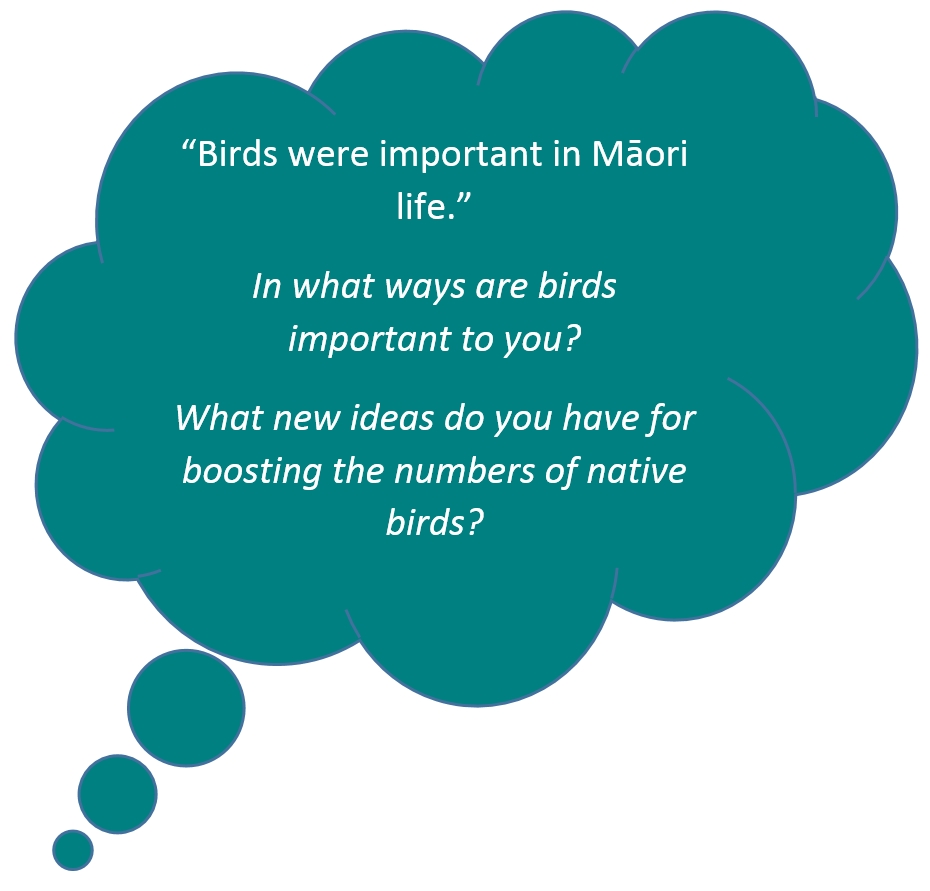
In Māori myth, the kōkako filled its wattles with water and brought it to Maui as he fought the sun. Maui rewarded the bird by making its legs long and slender, enabling it to bound through the forest with ease.
Today many iwi and hapu are working together with community groups to restore kōkako habitat, control predators and bring kōkako back to areas where they used to be.
Complete the māori and kōkako quiz >

